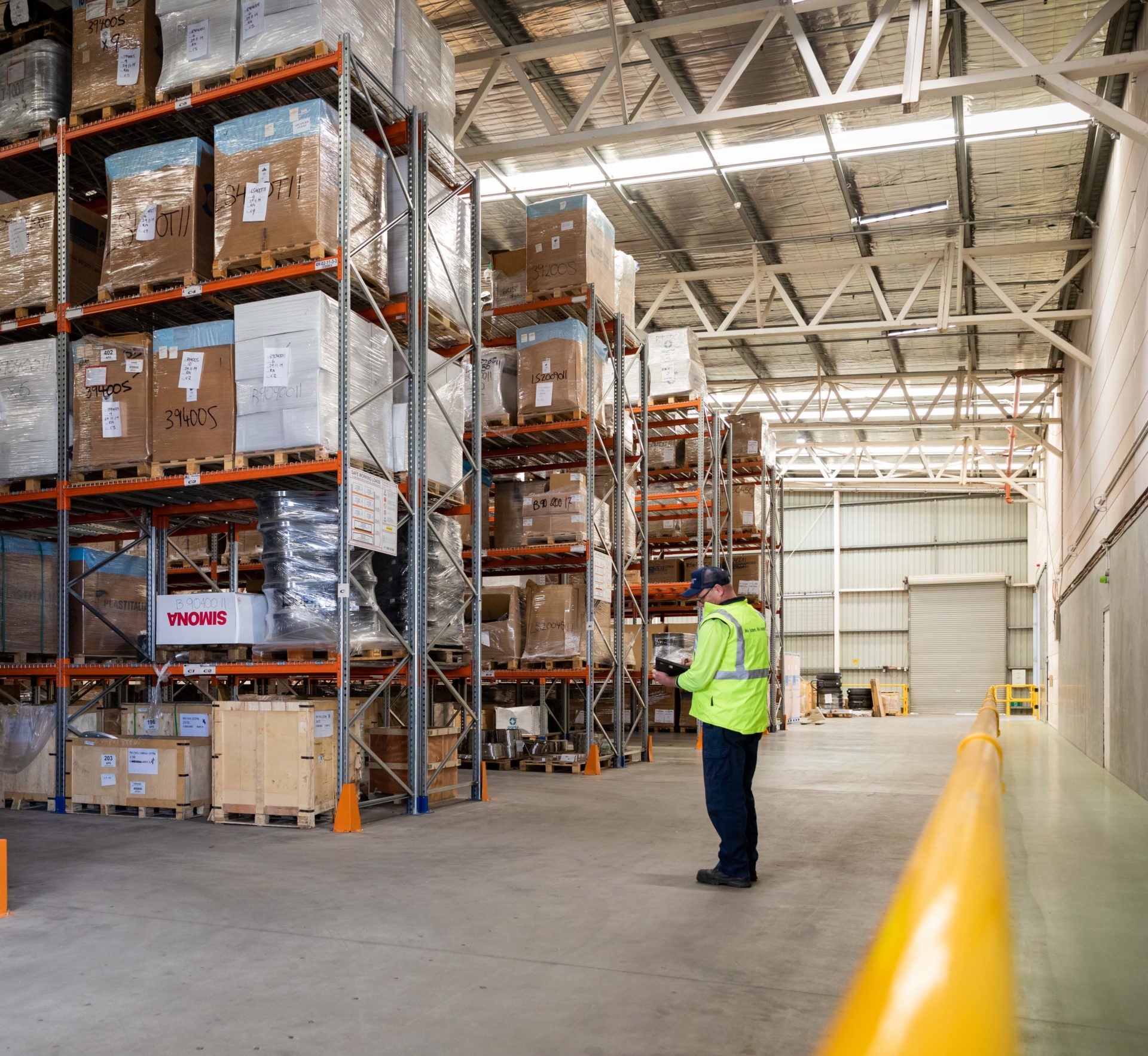The real reason for understanding how your HDPE fittings are made

Knowing how your PE100 fittings are made is an essential step in understanding differences in quality. But it can also help you spend your budget more effectively.
If you’re a maintenance manager who doesn’t like to buy on price, you’re not alone. The reality is that most do, because they have a finite budget. Looking after that budget is an indication that you’re doing your job properly.
That’s why an understanding of fittings fabrication can be helpful to you. Once you can assess the quality of your suppliers’ fittings, you are better able to negotiate on the price. A little information is a dangerous thing, as they say!
When you don’t know the difference, you may be tempted to see fittings as a commodity. You might recall our previous article about that. In that story, a past customer had purchased fittings on price. Those fittings split before they were even installed – and this article will show you why.
Polyethylene fittings are injection moulded
When your pipeline has unique features, it may be almost impossible to get the fittings you need from a standard manufacturer. That’s where we come in: Advanced Piping Systems will fabricate fully pressure-rated fittings to suit your requirements.
How we create these for you depends on your specification. In general, though, fabricated fittings designed for full pressure service are joined by heat fusion. They’re designed with extra material in areas where there are sharp edges on a shape. That compensates for high, localised stress.
Want to learn more about how our processes contribute to the quality of our fittings? Give our team a call and they’ll talk you through them.
Testing is a critical step in all high-quality HDPE fittings
Using low-quality components in your pipeline is dangerous, to people and to your budget.
When you are purchasing product from your supplier, talk to them about product testing.
High quality fittings are subjected to a barrage of tests. Typical quality inspections ought to include seam line strength tests. And they will include tests for voids, dimensions, and pressure.
One of the reasons why cheap fittings are cheap is because the testing protocols are not as rigorous. The worst-case situation in that scenario is that you end up with product that is tested in-field. This means: On your pipeline!
Continuous, random sample testing is the only way to know whether a product will stand up to an operational pipeline. If your supplier can’t guarantee that the product is going through that process, it might be time to talk to someone else.
Managing a HDPE pipeline effectively means getting the right information, before you need it.
With the right information to hand, you will be able to make good decisions, confident that you have got reliable professionals on your side. To stay informed and keep your pipeline moving without incident, opt into our mailing list today.

